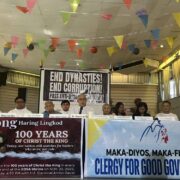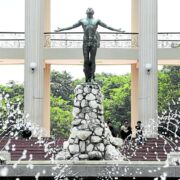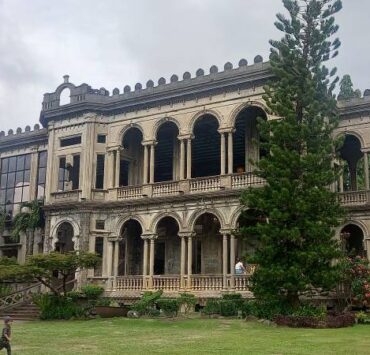1st INC chapel in Manila now a historic site
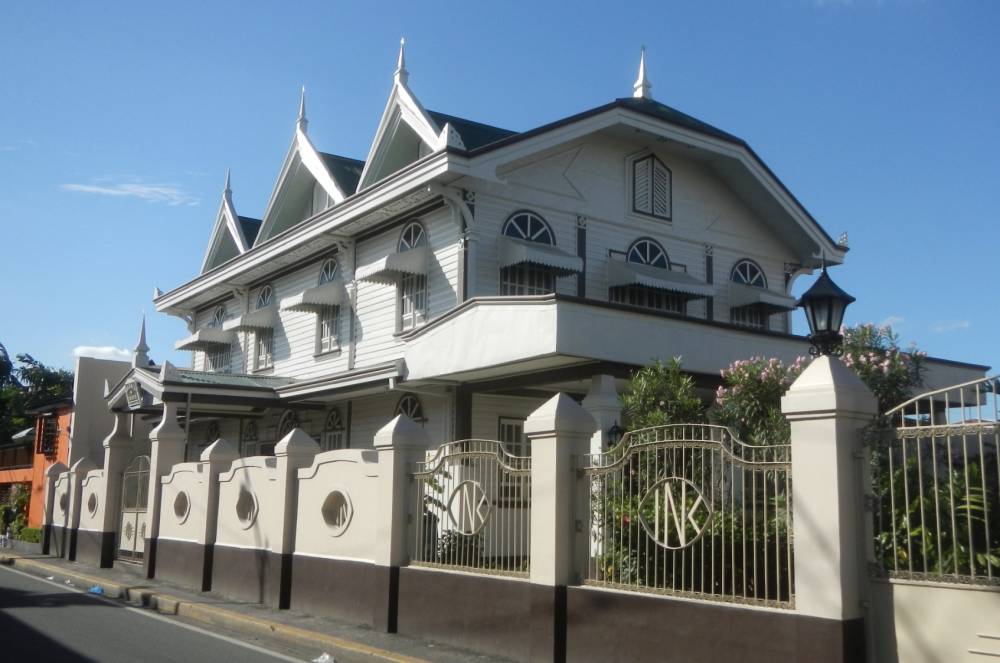
The original place of worship of the Iglesia ni Cristo (INC) is now a grade two-level heritage structure following the recent installation of its historical marker from the National Historical Commission of the Philippines (NHCP).
Per Republic Act No. 11961, grade two-level heritage sites or structures are those that have been declared important cultural properties, natural property of cultural significance, archaeological sites, historic sites, heritage houses, Gabaldon-type school buildings, heritage zones, other marked structures, and heritage trees.
Located in Punta, Sta. Ana, Manila, the historic structure is the first kapilya (chapel) or bahay sambahan (house of worship) of the first locale of INC, a Filipino Christian religion founded by Taguig native Felix Manalo (1886-1963) in 1914. It is also the first INC house of worship marked by the government, and was built in 1937 in the Neo-Gothic and Neo-Classic style.
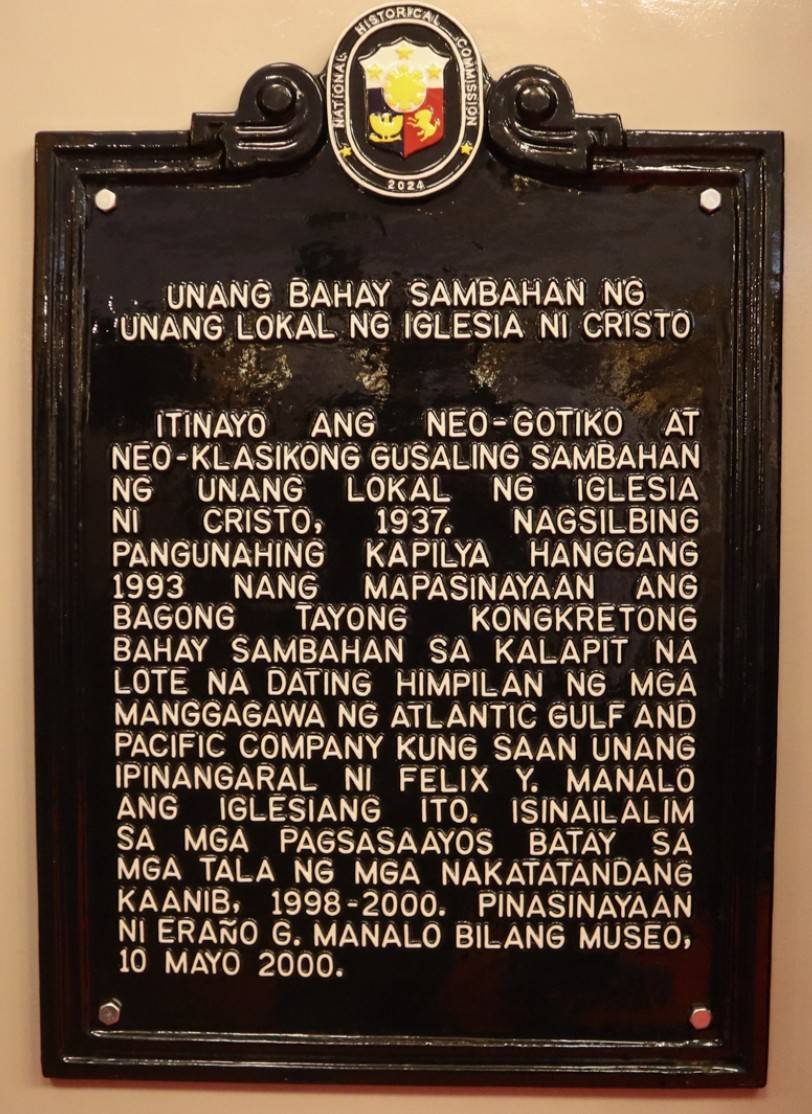
Restored structure
The building functioned as a chapel until 1993 when a bigger kapilya was built in a nearby lot which used to host the barracks of the workers of the Atlantic Gulf and Pacific Company. The said workers were the first people to whom Manalo preached the doctrines of INC.
From 1998 to 2000, the building was restored to its former glory and converted into a museum inaugurated in 2000 by INC’s second executive minister Eraño Manalo (1925-2009).
Since 2009, INC has been led by Eraño’s son Eduardo (born 1955). The marker was unveiled in conjunction with the founder’s 100th birth anniversary on Jan. 28.
Those who attended the marker unveiling event included INC leaders Angelo Eraño Manalo, Bienvenido Santiago, and Edwil Zabala; Sen. Loren Legarda; NHCP chair Regalado Trota Jose; former NHCP chair Emmanuel Calairo; and historians Xiao Chua and Vicente Villan.

It is the third historical marker for the INC following those that were installed for its founder Felix Manalo at his birthplace in Tipas, Taguig, in 2007 and for the INC itself at Templo Central grounds in Quezon City during its centenary in 2014.
Apart from these, the then National Historical Institute declared in January 1986 through Resolution 1 the birthplace of Felix Manalo as a National Historical Landmark.
The said house of worship is a rectangular concrete and wood gabled building with the INC signature spires jutting out from the top of the gables. It can be accessed from the street through a portico and side portal.
Apart from this, it also has two other metal gates, one as access for individuals and one for vehicles. All gates bear the INC initials. The compound has a concrete and metal-grilled perimeter wall punctured with eye-shaped holes bearing also the INC initials.
The chapel has windows topped by awnings, decorative brackets, and calado (fretwork).
Inside are the standard choir area with the tribuna where the ministers preach, pews for worshippers, the original flooring, and a balcony also for the latter. Its ceiling design resembles the form of beehives.






